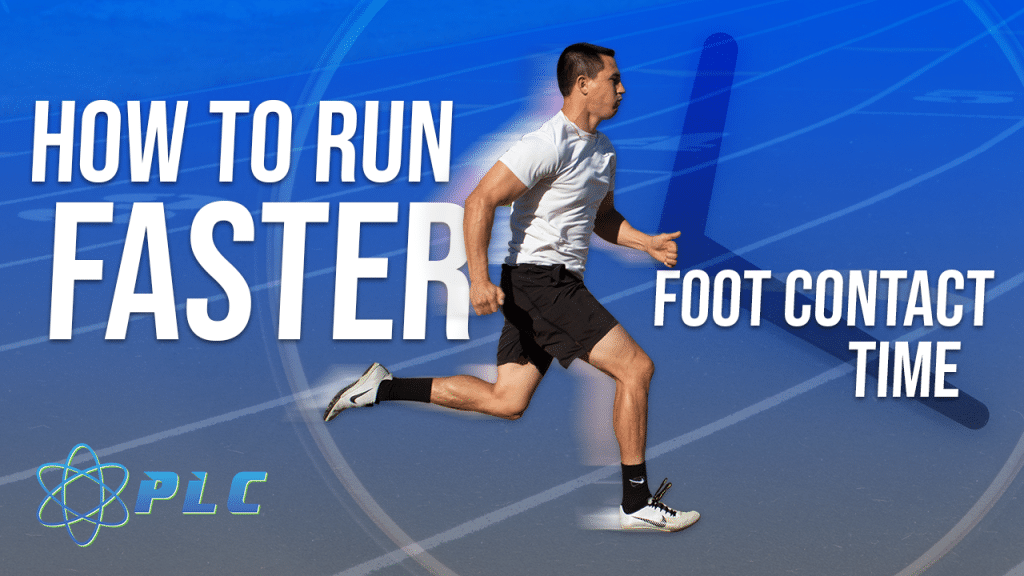How Fast Can A Human Run?
Jan 22, 2024
Run, Forrest, run! We’ve all seen the iconic movie line that sparked a surge of running scenes across many movies. But have you ever stopped to think about how fast a human can run?
Usain Bolt may have set world records for being one of the fastest humans alive at 9.58 seconds over 100m, or 28mph/45kmh which are both the fastest times ever recorded. But is he the fastest we can possibly run or can we run faster?
Welcome to our exploration into this fascinating speed comparison phenomenon and find out the average human running speed compared to some of the most intriguing competitors around them.

What Factors Affect How Fast A Human Can Run?
1. Genetics
Genetics is such an interesting factor when it comes to running performance. Not only does your physical makeup determine your average pace, speed limits and exercise endurance, but what really brings an elite running performance to fruition are the genes that drive it.
So a key advantage that Usain Bolt has when it comes to running speed is great height and length in his legs. So he is able to pick up much more distance per step than the average person, simply because he is taller.
So while anyone is able to improve their running speed, there is a speed gene that you must have in order to compete at the highest level when it comes to speed development, ACTN3. This gene has a large influence on exercise adaptation, exercise recovery, and sporting injury risk.
2. Diet
The average mile time of an average person can be significantly improved depending on their diet, as healthy foods provide essential nutrients that promote muscle mass growth, giving them more power behind their stride for a better average human run.
Additionally, those who manage their weight by selecting healthier eating choices will feel lighter on their feet, allowing them to charge through each step with increased strength and speed.
3. Exercise
It is often said that proper exercise is the key to greater speed, and this fact couldn’t be more accurate when it comes to fast running.
Training volume, strength development activities and incorporating sprints into one’s routine all increase speed by permitting greater potential beyond normal boundaries.
Of course, good nutrition and targeted recovery protocols are also important components of staying top-notch in terms of running capabilities.
How Does Different Running Techniques Impact Speed And Performance?
Running is one of the oldest and most effective exercises to stay healthy and fit. But to improve performance, average running speed, and eventually achieve world-class levels, runners need to look beyond average technique.
Different running techniques such as incline running, bounds, hill sprints, and strides, can have a significant impact on speed and performance.
With proper guidance from professionals and the appropriate footwear, like running shoes, depending on the type of terrain being run on, speed can be increased effectively.
If one wishes to take the competitive route and participate in world championships such as marathons, then focusing on various techniques for increasing average running speed is essential.
Health Benefits Of Running
1. Improves Circulation
Running is one of the most effective ways to get your blood flowing and improve circulation, which can have long-term health benefits.
By increasing speed, even the average runner can reap the rewards – but it’s been proven that increasing strength training is preferable as a faster runner will get more oxygen to their cells quicker, increasing the efficiency of their circulation.
Even fastest runners need to consider this aspect of running; elite athletes are always looking at ways to be even faster and improve their form, so it’s worth considering if you want to be among the best!
2. Increases Energy Levels
Running can increase your energy level far beyond what you could achieve through other daily activities, like leisurely walking or biking.
This increased energy levels offer many health benefits as circulating key vitamins and minerals throughout your body helps create more vibrant cells that result in increased endurance and strength.

By adding running as part of your exercise regimen, you will begin to notice that not only do you experience more physical energy but also mental alertness.
In addition, running can help regulate blood sugar levels which reduces the risk for diabetes and contrary to popular belief it can often reduce depression symptoms and promote better moods.
3. Reduces Stress Levels
Exercising can be one of the best remedies for stress, and running is no exception. While many of us don’t always have time in our busy schedules to hit the gym, it’s worth noting that even taking a short jog around the neighborhood could bring multiple benefits to your mental and physical health.
Beyond burning calories, running produces endorphins which provide a natural rush that can help improve mood and reduce fatigue causing hormones like cortisol.
By engaging in brisk running regularly, those who lead stressful lives can better manage their levels by providing themselves with higher energy and productivity levels throughout the day.
Furthermore, since running encourages people to pause from pondering over their worries during their workout session, this ultimately helps clear their minds as well as minimize anxiety or depressive episodes caused by prolonged stress.
Case Study On Average Human Running Speed
Scientists say that the human frame is built to handle running speeds up to 40 miles per hour. The only limiting factor is not how much brute force is required to push off the ground, as previously thought, but how fast our muscle fibers can contract to ramp up that force.
“If you just find a way to rev up those contractile fibers for the muscle, then everything else from human biology and gait would allow us to be that fast,” said physiologist Peter Weyand of Southern Methodist University, lead author of a study published Jan. 21 in the Journal of Applied Physiology.
For years, scientists have sought to find the physiological limits of human running speed and to understand why even the world’s fastest man, Jamaican sprinter Usain Bolt, can’t outrun some animals. Bolt’s top speed of 27.3 miles an hour can’t match that of horses, dogs or the hopping kangaroo, which can travel 35 miles per hour.
“The current best guess as to why we can’t run any faster is it’s something to do with the maximum force that our legs can impose or experience,” said zoologist Jim Usherwood of the Royal Veterinary College in London.
Underlying Factors Behind Running Fast
Earlier studies found that elite and average sprinters outperformed their mediocre counterparts in two ways: They were able to push harder on the ground in relation to their body’s weight with each step, and they were able to do that in a shorter period of time. For instance, Bolt generates almost a ton of force in his leg in the less than a tenth of a second his foot is on the ground, Weyand said. The force you can generate before leaving the ground is a function of the rate at which muscle fibers generate force multiplied by the time the foot touches the ground.
But the previous work didn’t reveal whether it is the amount of time the foot is pushing on the ground or the maximum force the leg is capable of that limits human running speed.

To get to the bottom of the human speed limit, Weyand and colleagues studied seven athletes, from an all-American track star to a dancer, as they sprinted forward, hopped on one leg and ran backwards on a turbo treadmill outfitted with force sensors. The team measured speed, upward force as each foot struck the ground, and time spent on the ground between strides.
The one-legged hop generated much more force in the leg than sprinting did, mainly because a runner has to jump higher to land on the same foot. Because the athlete’s legs are capable of generating more force than when they ran, the amount of force can’t be what’s limiting the runners’ forward speeds.
The backwards run showed that the contact time with the ground was almost identical during each athlete’s fastest forward and backward runs, suggesting contact time was the limiting factor keeping them from going faster in any direction.

This suggests the only way to increase speed is to generate force more quickly during the limited time the foot is on the ground. The key to doing this is increasing how fast the muscle fibers can contract to produce force. If that were possible,
Weyand’s team calculated that humans could theoretically run as fast as 35 or 40 miles per hour, based on our gait and the maximum forces our muscles can generate.
One option would be to increase the proportion of ultrafast 2X type muscle fiber, one of three mammalian muscle fibers. Studies have shown that athletes can slightly increase their 2X fibers by training intensely and then taking a break for a few weeks, he said.
But even if a training regimen could be designed to quicken our muscle fibers enough to achieve our full running potential, animals like cheetahs and dogs will still leave us in the dust. These animals outrun us not because they have faster muscle fibers, but because of their unique gait, the study concluded.

“When their forelimbs hit the ground, their whole spine bends like crazy,” Weyand said. That allows them to keep their feet on the ground longer, building up force while still maintaining forward momentum.
Usherwood agreed with the basic conclusion of the paper, that “actually we can produce lots more force if we do all sorts of odd things like hopping on one leg. Just the biggest force you can cope with doesn’t determine how fast you sprint.”
But he’s skeptical about the potential for a 40-mile-an-hour man. ‘The authors are playing a fun game of ‘what if,'” he said. But even if our muscle fibers were faster, he said other limitations, like how fast we can swing our legs, are sure to kick in.
Stay connected with news and updates!
Join our mailing list to receive the latest news and updates from our team.
Don't worry, your information will not be shared.
We hate SPAM. We will never sell your information, for any reason.



